Exploring the Wonders of the Sahara Desert
- The blog nomad
- Jul 28, 2024
- 4 min read
The Sahara Desert, stretching over 3.6 million square miles, is the largest hot desert in the world. It extends across 11 countries in North Africa: Algeria, Chad, Egypt, Libya, Mali, Mauritania, Morocco, Niger, Sudan, Tunisia, and Western Sahara. This vast desert is renowned for its extreme conditions, with temperatures that can soar above 120 degrees Fahrenheit and less than 5 millimeters of annual rainfall in some areas.
Despite these harsh conditions, the Sahara is home to a diverse range of remarkable natural features and wonders that draw travelers, adventurers, and researchers from around the globe.
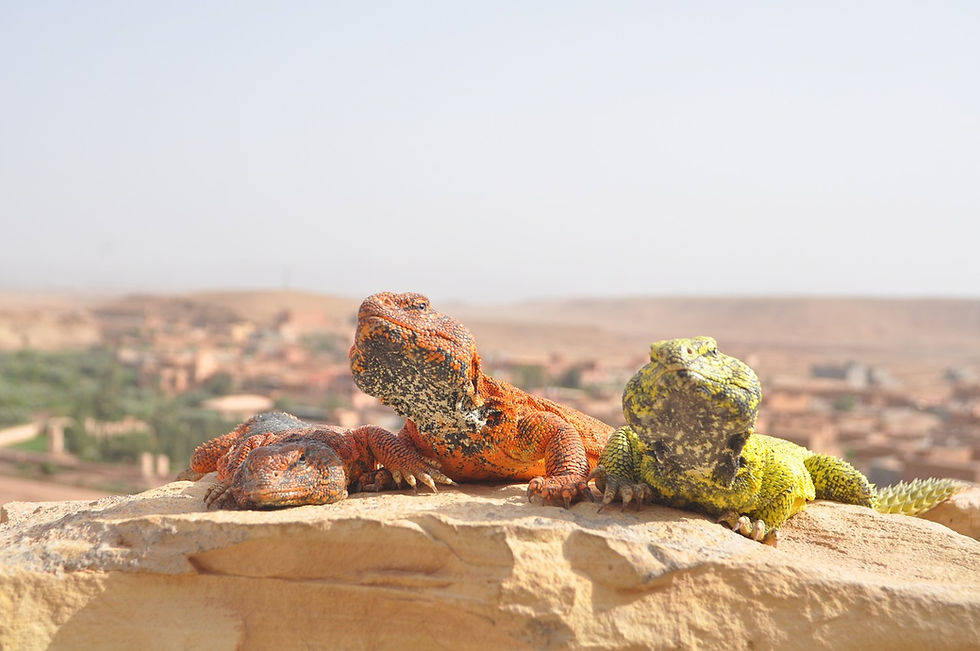
The Sahara's landscape is incredibly diverse, ranging from expansive sand dunes and rocky plateaus to lush oases and ancient river valleys. Each of the countries that the Sahara spans contributes unique geological formations and historical sites to the desert's rich tapestry. The desert's natural wonders are not only breathtakingly beautiful but also hold significant cultural and historical importance.
From the prehistoric rock art of Tassili n’Ajjer in Algeria to the mystical Eye of the Sahara in Mauritania, each feature tells a story of the Earth's geological past and human history.
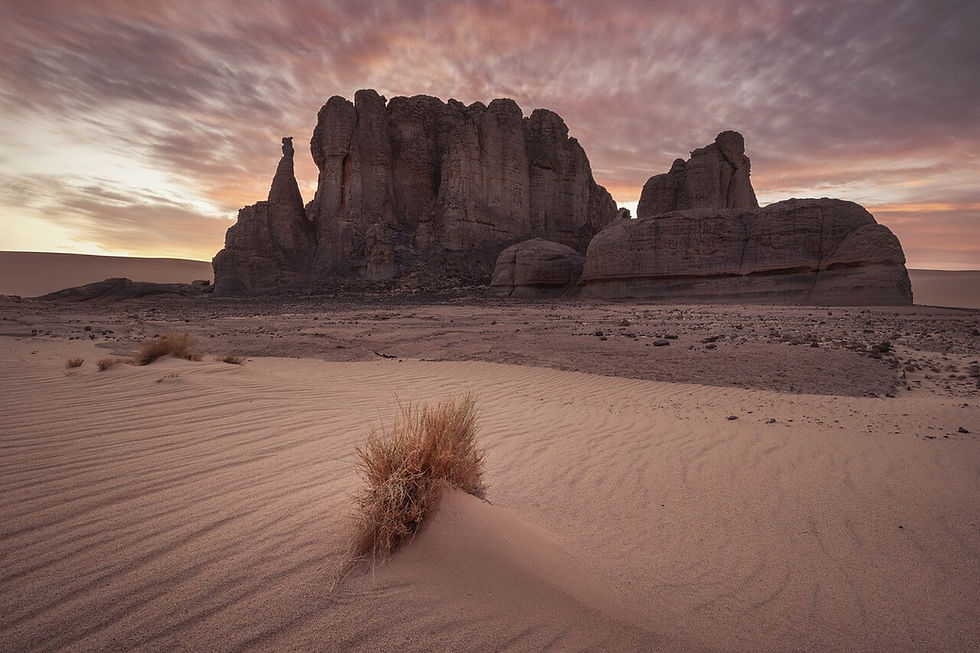
This article explores ten of the most remarkable natural wonders within the Sahara Desert, highlighting their unique characteristics and locations.
1. Erg Chebbi (Morocco)
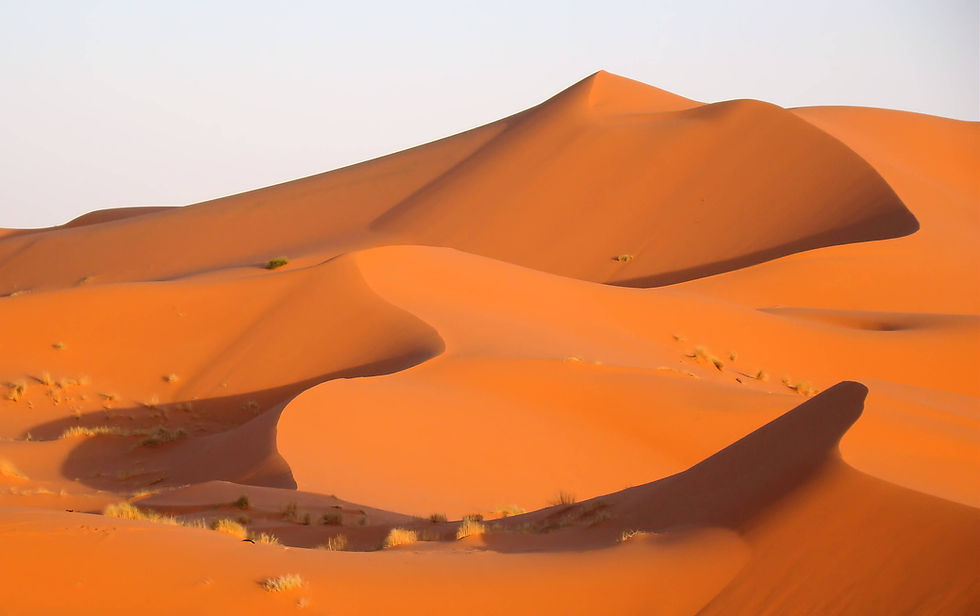
Erg Chebbi, located near the town of Merzouga in southeastern Morocco, is renowned for its towering sand dunes, which can reach heights of up to 150 meters. The dunes, formed by wind-blown sand, create a mesmerizing landscape that changes colors throughout the day. Visitors can enjoy camel trekking, sandboarding, and camping under the starlit desert sky, making Erg Chebbi a popular destination for adventure seekers and nature lovers.
Location: Southeastern Morocco, near Merzouga
2. Tassili n’Ajjer (Algeria)
Tassili n’Ajjer, a UNESCO World Heritage site, is located in southeastern Algeria and is famous for its unique sandstone formations and prehistoric rock art. The plateau's rock engravings and paintings, dating back thousands of years, provide insight into the life of early human civilizations. The area also features dramatic cliffs and natural arches, making it a paradise for hikers and those interested in archaeology.
Location: Southeastern Algeria
3. The Richat Structure (Mauritania)
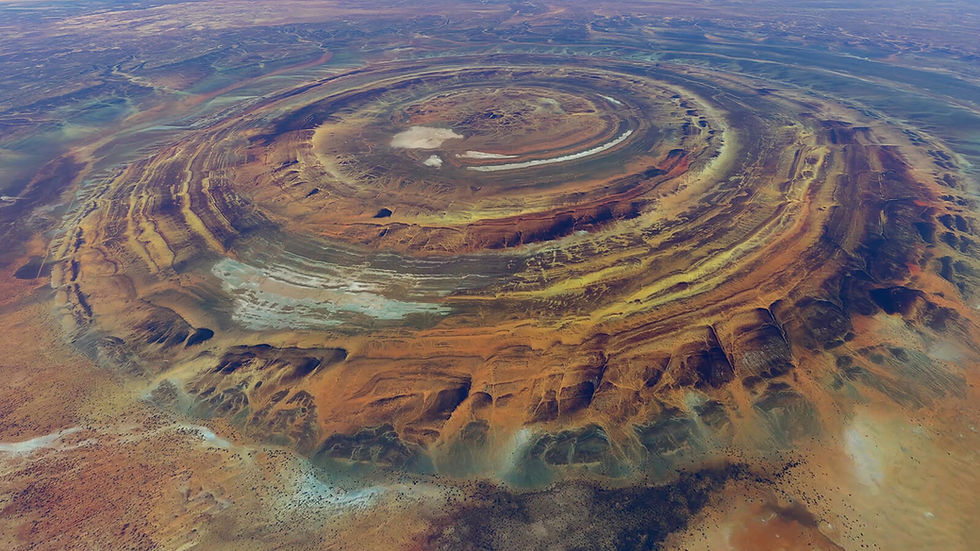
The Richat Structure, also known as the "Eye of the Sahara," is a prominent circular feature in the desert of west-central Mauritania. Initially believed to be an impact crater, it is now thought to be a deeply eroded geological dome. The structure's concentric rings, visible from space, have attracted geologists and tourists alike. It stands as a testament to the Earth's geological history and processes.
Location: West-central Mauritania
4. The White Desert (Egypt)
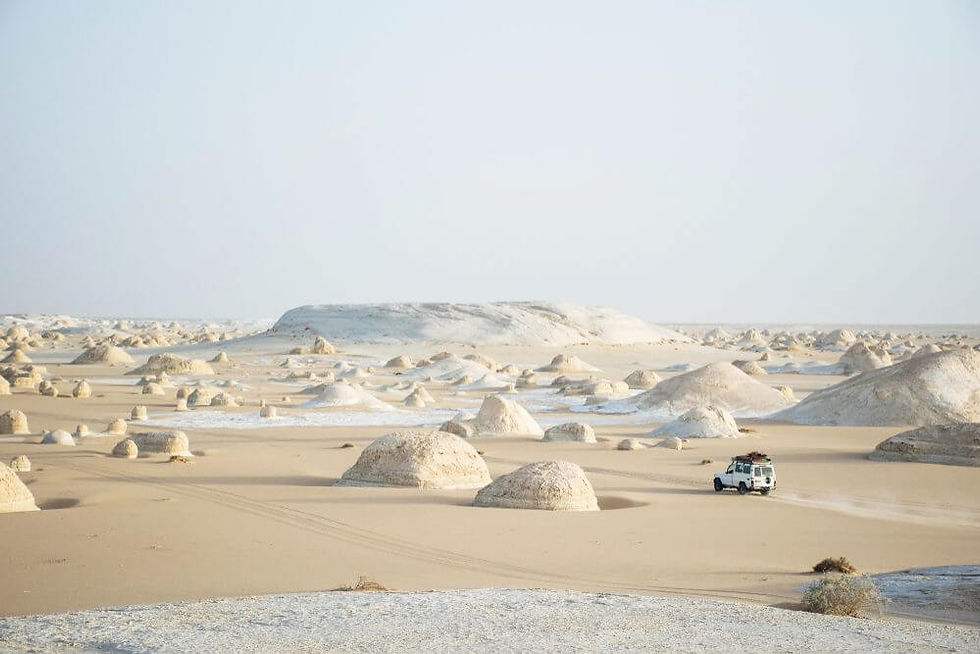
The White Desert, located in the Farafra depression of Egypt, is known for its striking chalk rock formations. Sculpted by wind and sand, these formations resemble mushrooms, icebergs, and other fantastical shapes, creating a surreal landscape. The area is a protected national park, offering opportunities for desert safaris, photography, and camping under the vast desert sky.
Location: Farafra depression, Egypt
5. Mount Emi Koussi (Chad)
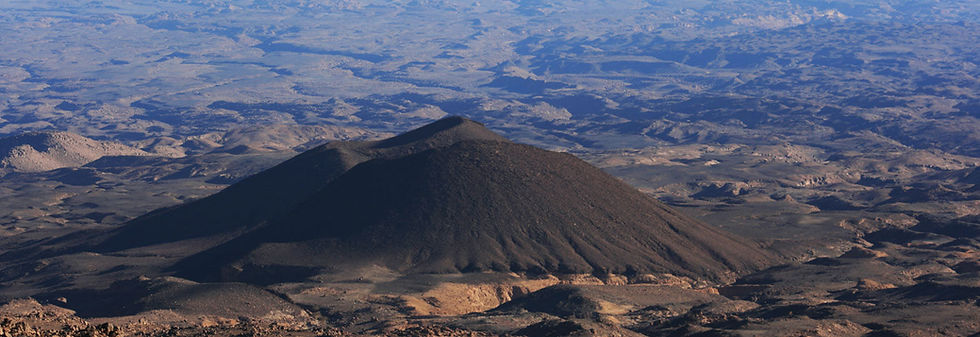
Mount Emi Koussi, the highest peak in the Sahara, is an extinct volcano located in northern Chad. Standing at 3,415 meters, the mountain is part of the Tibesti Range. It features a large caldera and offers a challenging climb for adventurous hikers. The summit provides breathtaking views of the surrounding desert and insights into the region's volcanic activity.
Location: Northern Chad
6. Siwa Oasis (Egypt)
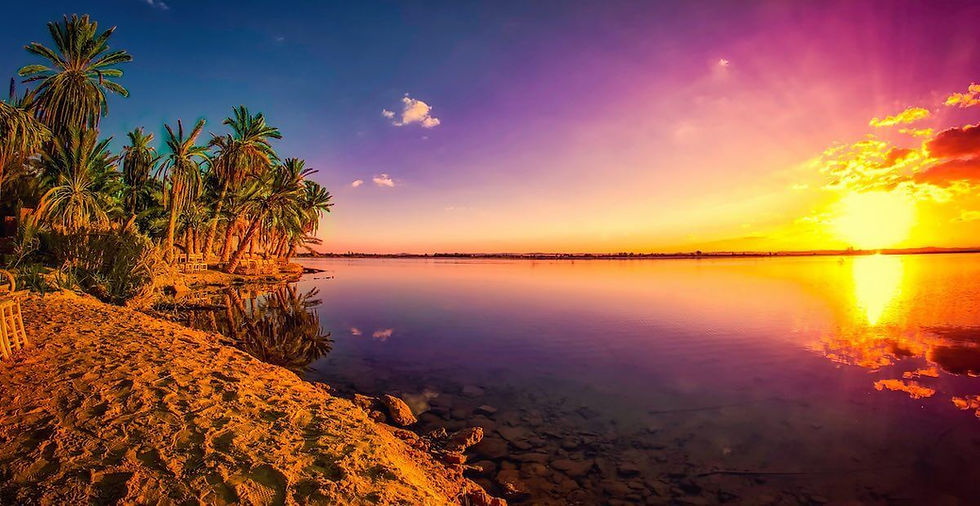
Siwa Oasis, situated in the Western Desert of Egypt near the Libyan border, is renowned for its freshwater springs, salt lakes, and rich history. The oasis is home to the ancient Oracle of Amun, which Alexander the Great visited. Siwa's lush palm groves and olive gardens, combined with its traditional mud-brick architecture, offer a serene and culturally rich destination for travelers.
Location: Western Desert, Egypt
7. Gilf Kebir (Egypt)
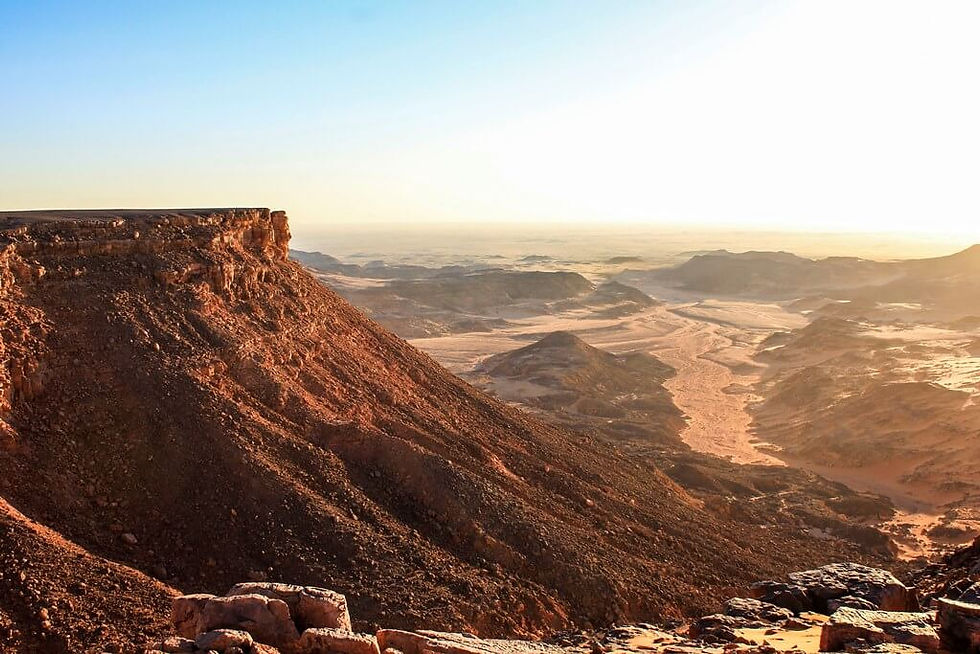
Gilf Kebir, a large plateau in the southwest corner of Egypt, is known for its dramatic cliffs and prehistoric rock art. The area gained fame from the explorations of the 1930s and has been featured in numerous documentaries and films. Gilf Kebir's rugged terrain and isolation make it an ideal spot for adventurous expeditions and historical studies.
Location: Southwest Egypt
8. Guelta d’Archei (Chad)
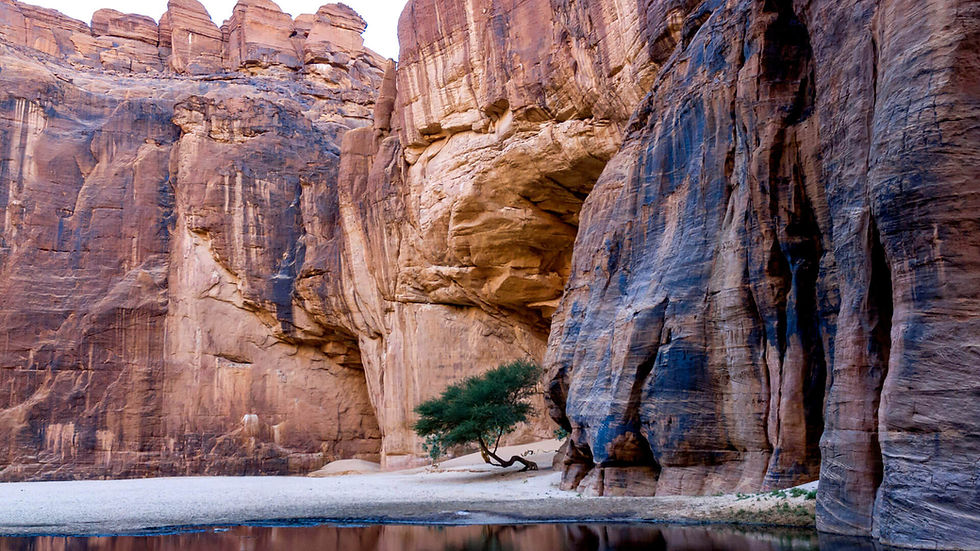
Guelta d’Archei, located in the Ennedi Plateau of Chad, is a remote oasis famous for its permanent water pools. This guelta is home to one of the last populations of Saharan crocodiles. The surrounding cliffs and rock formations create a stunning natural amphitheater, attracting both wildlife enthusiasts and adventure travelers.
Location: Ennedi Plateau, Chad
9. Ubari Sand Sea (Libya)
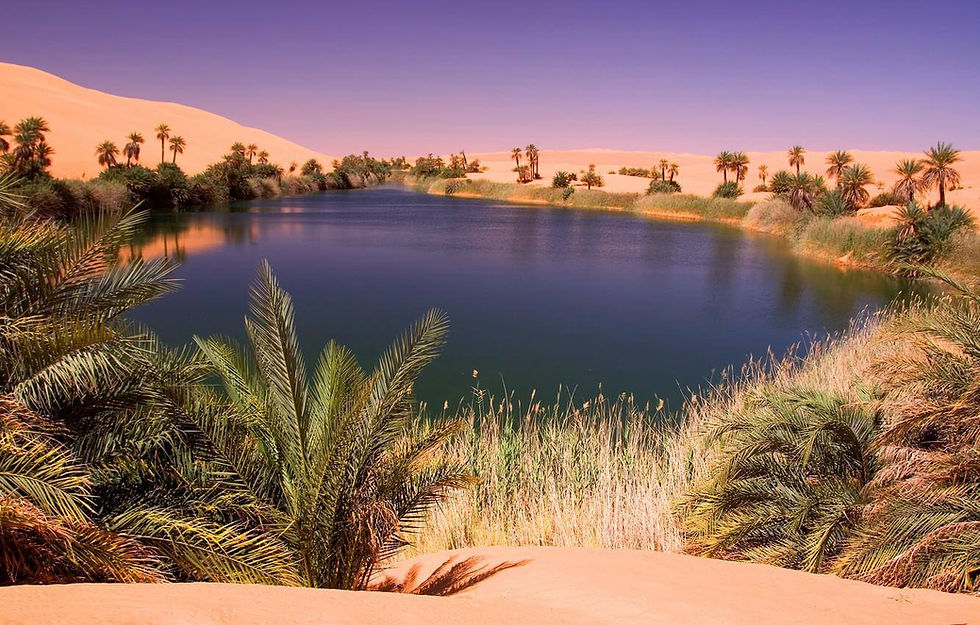
The Ubari Sand Sea in southwestern Libya is a vast erg featuring some of the Sahara's most picturesque oases. Among them, the lakes of Mandara and Gaberoun stand out, offering a stark contrast to the surrounding desert. The turquoise waters of these oases, surrounded by high sand dunes, create breathtaking scenery and a peaceful retreat for visitors.
Location: Southwestern Libya
10. Djanet (Algeria)

Djanet, an oasis town in southern Algeria, serves as a gateway to the Tassili n’Ajjer National Park. Known for its stunning landscapes and rich Tuareg culture, Djanet offers a blend of natural beauty and cultural heritage. Visitors can explore the ancient rock art, hike through the dramatic desert terrain, and experience traditional Tuareg hospitality.
Location: Southern Algeria
The Sahara Desert's vast and varied landscapes are home to some of the most remarkable natural wonders on earth. From towering sand dunes and unique geological formations to ancient rock art and lush oases, the Sahara offers a wealth of natural beauty and historical intrigue. Each of these features contributes to the desert's allure, making it a must-visit destination for adventurers and nature enthusiasts alike.
